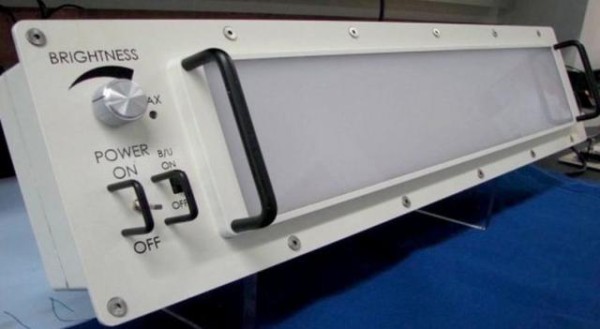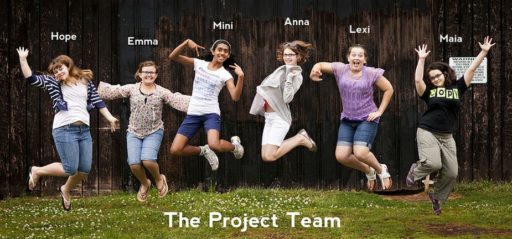It’s really difficult to sleep in noisy place. Insomnia can cause lower performance, decreased memory, and even sickness. Office people can have a power nap in CalmSpace. But what will the space astronauts do as they are stuck in a noisy machine all the time and within that noisy environment, they have to sleep. We don’t know whether the astronauts in space can even sleep well or not in space, but NASA has pointed it out a big fact. Hence, NASA has decided to replace fluorescent lighting panels in the ISS with a Solid-State Lighting Module (SSLM), SDTO 15008U that produces blue, white, or reddish light. NASA hopes these LED lights will cure space astronaut’s insomnia.

Sleep deprivation is not a joke. To avoid noise or bothering sound, we people who are on Earth can shift from a noisy place to a less noisy or absolutely silent place. But what will the astronauts do who are in space? They are in such a machine that is noising all the time and within that noisy environment, astronauts have to sleep. How long they sleep? Astronauts in space generally get about six hours of shut-eye in orbit despite being allowed 8.5 hours. But why 6 hours when they are allowed 8.5 hours? It’s because of demanding schedules and unusual environments. And the bitter truth is these two factors cause insomnia to them.
However, NASA has realized the fact and now has come up with a great idea. At present, NASA use fluorescent lighting panels in the ISS. But NASA plans to replace those fluorescent bulbs with Solid-State Lighting Module (SSLM) containing LEDs. The SSLM measures 26.5″ x 6.6″ x 3.9″ and has a mass of approximately 7.5 pounds. However, these special LED lights are being developed by Boeing and will produce blue, white, or red/reddish light depending on the day time.
Blue lights will stimulate the human brain. According to experts, when an astronaut’s eyes will be exposed to blue light, his/her body will suppress Melatonin, a sleep-inducing hormone. Besides, blue will also promote the formation of Melanopsin, a “protein pigment” that keeps people awake. On the other side, red/reddish light will reverses the process. That means Melatonin will increases and will make the astronaut sleepy, while Melanopsin is suppressed. The white lights will support visual performance and color discrimination equivalently to typical indoor exposures to indirect daylight and overhead fluorescent light. In simple word, blue light will wake the crew up, white light will do projection during the day, and red light will send everyone to bed in the evenings. The changes of lights’ color can be programmed in from the Earth or by the space astronauts.
NASA will install the new arrays of LED lights in ISS by 2016. The project costs $11.2m (£6.9m).
Source: NASA
Thanks To: MIT, MSNBC, Dvice
[ttjad keyword=”security”]



